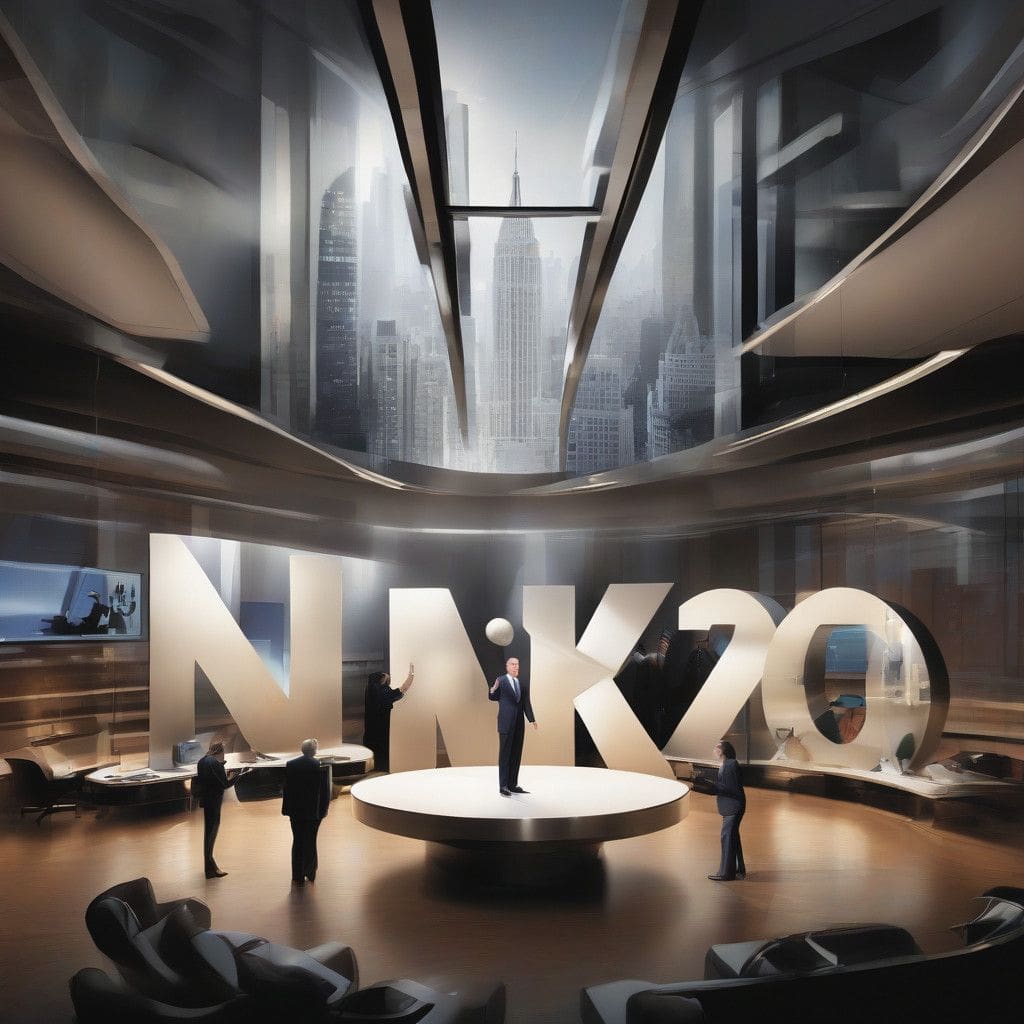In a significant shift for the sportswear giant, John Donahoe will step down as CEO of Nike, effective October 13, as confirmed by the company. His departure comes amidst mounting pressure from shareholders and a challenging sales environment. Elliott Hill, a seasoned executive who previously served at Nike for over three decades, will return to the helm, taking over as Nike’s brand president and CEO on October 14.
Donahoe’s tenure has been marked by both challenges and achievements. Assuming the role in January 2020, he adeptly navigated Nike through the tumultuous waters of the Covid-19 pandemic. However, this leadership has come under scrutiny due to a series of senior-level departures and restructuring initiatives that have left the company vulnerable at a time when competitors are thriving. The pressure reached a tipping point as reports indicated that Nike’s sales were expected to decline substantially, with predictions of hitting their lowest performance in nearly three decades. In June, the company projected a mid-single-digit percentage decline for the fiscal year through May 2025, following a mere 1% growth in the previous year.
The leadership change has been anticipated for several months, with many insiders and analysts speculating on Donahoe’s potential exit. Donahoe’s comments reflecting on his decision point towards a collective realization that a change in leadership was necessary. He stated in a company release, “It became clear now was the time to make a leadership change, and Elliott is the right person. I look forward to seeing Nike and Elliott’s future successes.”
Elliott Hill’s reappointment signifies a strategic initiative to re-establish leadership from within the Nike brand. With extensive institutional knowledge, Hill has held several significant roles throughout his 32-year career with the company, culminating in his most recent position as president, consumer and marketplace, prior to his 2020 retirement. Industry insiders had initially speculated Hill was a strong candidate for the CEO role even before Donahoe’s appointment, and now, with his return, there is hope that he can reignite Nike’s innovation and restore its market leadership.
Nike is also implementing a broader strategy aimed at enhancing internal talent, as seen in the recent return of Nicole Hubbard Graham as CMO, who is anticipated to shift Nike’s messaging in response to past criticisms. Tom Peddie, another former executive, has rejoined as vice president of marketplace partners, tasked with rebuilding relationships with key retail partners.
The brand’s current challenges stem largely from criticism regarding its product strategy. Under Donahoe, Nike faced allegations of lagging in product innovation, relying too heavily on retro sneaker designs and making a substantial pivot away from wholesale partnerships, which alienated key customers. These strategic moves allowed competitors to seize opportunities in the market, highlighting the risks associated with major structural changes within Nike.
Nike’s stock has seen a sharp decline, falling 23 percent since the beginning of the year, further emphasizing the need for decisive leadership aimed at revitalizing the brand. Elliott Hill’s deep understanding of the sportswear industry and his passion for Nike’s brand, products, and its consumers position him well for the challenges that lie ahead. Former CEO and executive chairman Mark Parker, who plays a vital role in the board of directors, echoed this sentiment: “Given our needs for the future, the past performance of the business… it was clear Elliott’s global expertise, leadership style, and deep understanding of our industry and partners make him the right person to lead Nike’s next stage of growth.”
In summary, as John Donahoe steps down and Elliott Hill takes over the leadership mantle at Nike, the future of the iconic sportswear brand will depend on swift and effective strategies to address the challenges ahead. Hill’s success in revitalizing Nike will play a crucial role in determining its competitive stance and growth trajectory in a rapidly changing retail landscape.












